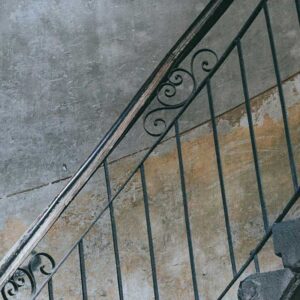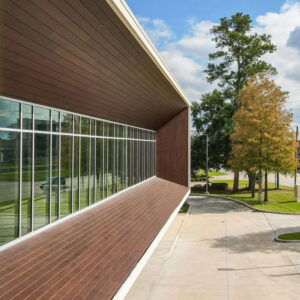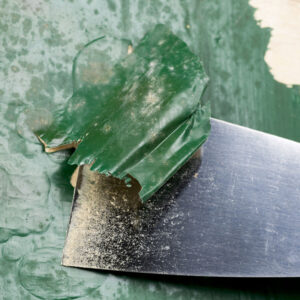Are you renovating a pre-1978 Colorado property?

Residential Lead Testing
Fast, Reliable, No Damage: Worried about lead paint in your Colorado home? We test layers of paint instantly—without scraping or damaging surfaces. Accurate, hassle-free lead testing keeps your family safe.

Commercial Lead Testing
Lead testing with IET offers accurate analysis through multiple layers of paint without causing any damage, or releasing lead dust into the air, instantly. Ideal for peace of mind and safety in offices, historic buildings, and large-scale renovations.
Understanding Lead Abatement vs. RRP
Knowing the difference between Lead Abatement and Renovation, Repair, and Painting (RRP) is essential for property owners and contractors to stay compliant and maintain safety.
Integrity Environmental Testing & Consulting provides expert lead testing to ensure compliance with federal regulations and Colorado’s Pre-Renovation Education Rule (Lead PRE). Whether you’re tackling lead abatement or RRP work (as defined by the EPA’s Lead-Based Paint Renovation, Repair and Painting (RRP) Rule), we identify hazards, confirm safety after remediation, and help keep your project on track with accurate, reliable results.
Lead Abatement is a specialized process designed to permanently remove lead hazards in homes, schools, and childcare facilities. Methods include:
- Removal – Eliminating lead-based paint and dust.
- Enclosure – Covering surfaces with durable barriers.
- Encapsulation – Sealing lead paint with a protective coating.
- Replacement – Swapping lead-painted materials with new, lead-free ones.
RRP Activities, on the other hand, involve general renovations that may disturb lead paint but are not aimed at eliminating it. Examples include:
- Replacing windows or doors.
- Updating plumbing or electrical systems.
- Painting or refinishing surfaces.
Ensuring compliance with The EPA’s lead-safe work practices helps protect occupants and workers from harmful exposure.
Since RRP work can still create lead hazards, the EPA requires lead-safe certification for contractors working on pre-1978 homes, childcare facilities, and preschools. Homeowners performing their own renovations are generally exempt unless they rent or flip properties or operate a childcare center.
Contact the Colorado Department of Public Health and Environment (CDPHE) for current laws/regulations regarding lead testing and abatement.

Always Free Phone Consultations

Call Now!
We’ll Call You!
Certified professionals – experts in environmental hazards – are ready to answer your environmental testing questions.
Instruments, Insights, and Innovation
We are dedicated to educating and empowering people when it comes to indoor air quality and environmental testing. Follow us for more.


